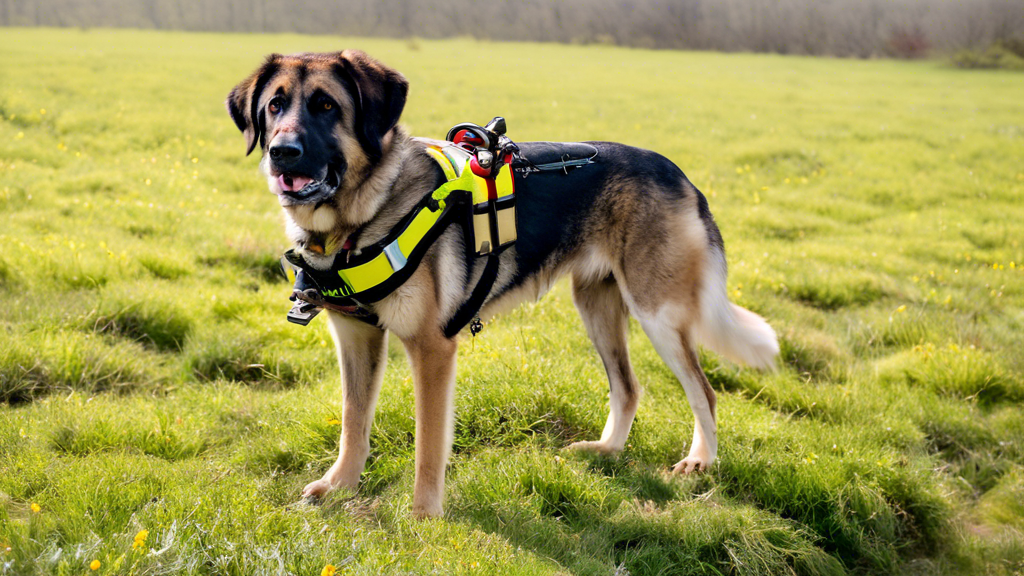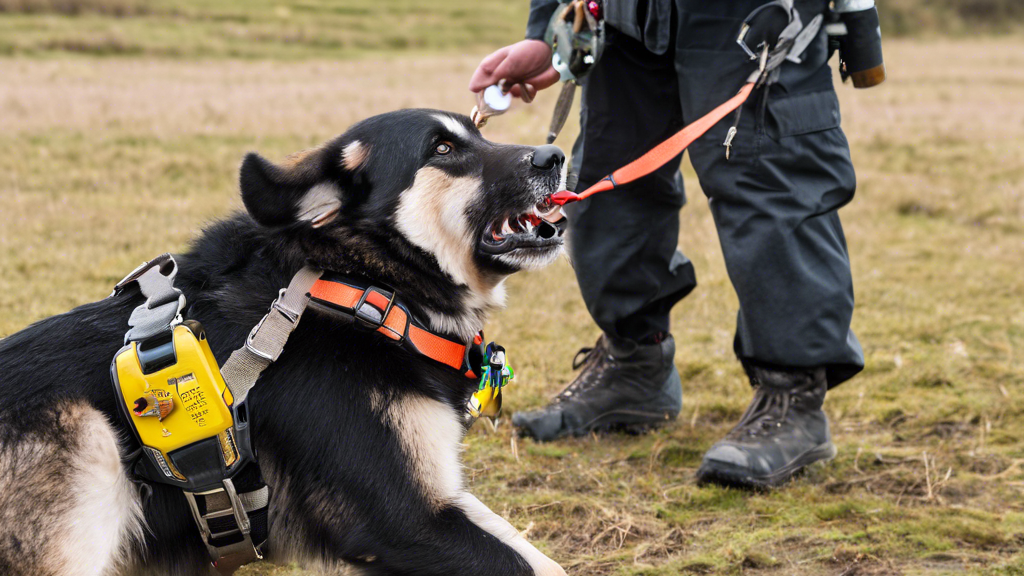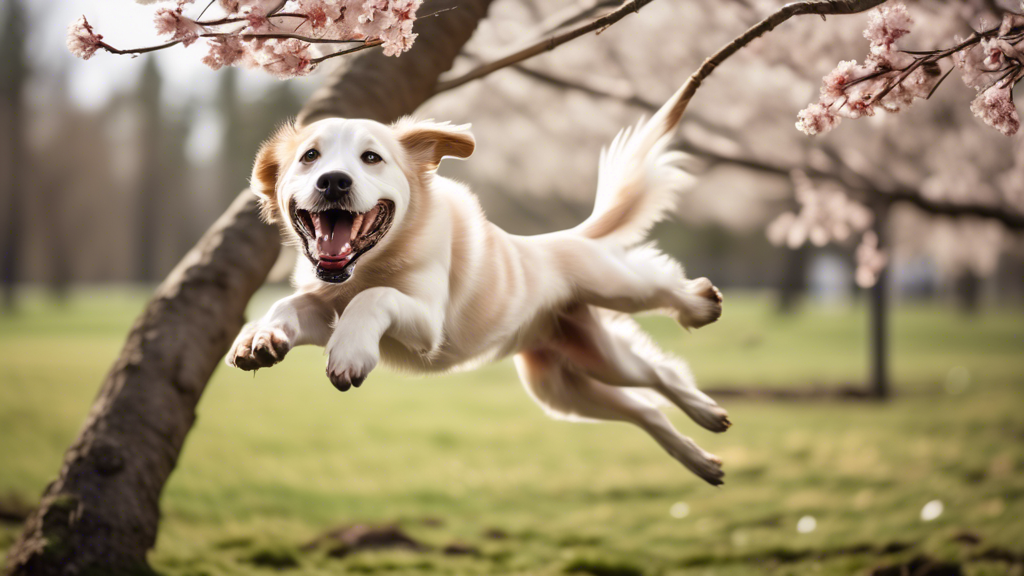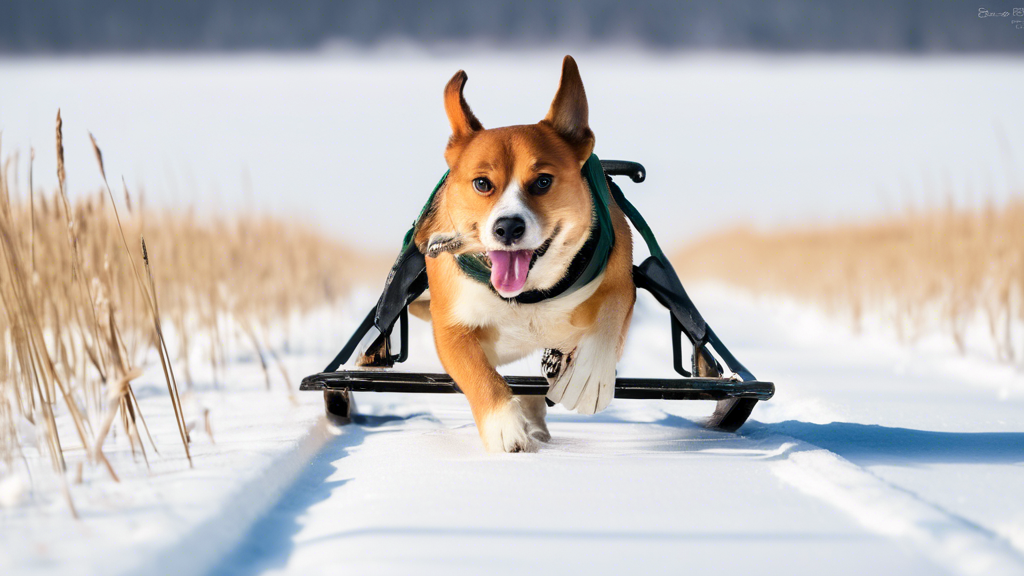How to Train a Search and Rescue Dog
Are you interested in training your furry friend to become a life-saving hero? Search and rescue dogs play a vital role in saving lives and locating missing persons in various disaster scenarios. Training a dog for this specialized task requires patience, dedication, and a deep understanding of canine behavior. In this comprehensive guide, we will delve into the essential steps involved in training a search and rescue dog, from establishing a strong foundation to mastering advanced search techniques.
As you embark on this rewarding journey, it’s crucial to remember that every dog is unique, and the training process should be tailored to their individual strengths and abilities. Whether you’re a seasoned dog trainer or a first-time owner, this guide will provide you with the knowledge and tools necessary to train your dog to become an exceptional search and rescue partner.
I. Essential Foundations
Establishing a strong bond and clear communication between the handler and the dog is paramount for the success of any search and rescue team. This bond can be forged through consistent interactions, positive reinforcement, and mutual trust.
A. Establishing a Strong Bond and Clear Communication
- Spend ample time with your dog, engaging in playful activities and affectionate bonding sessions.
- Establish clear and consistent commands using hand signals and verbal cues.
- Practice regular obedience exercises to reinforce communication and control.
B. Basic Obedience and Socialization Training
- Teach your dog basic obedience commands such as sit, stay, come, and heel.
- Socialize your dog to various environments, people, and other animals to foster a well-rounded and confident demeanor.
- Introduce your dog to potential distractions and train them to maintain focus and obedience amidst them.
By nurturing a strong bond and providing a solid foundation of obedience and socialization, you lay the groundwork for your dog’s future success as an effective search and rescue partner.
The #1 Free Source for Pitbull & Bully Pedigrees!

Specialized Search and Rescue Skills
Introduction to Different Search Techniques
Training a search and rescue dog involves introducing them to various search techniques, including:
- Scent Detection: Dogs have an extraordinary sense of smell, making them adept at detecting specific scents, such as those of missing persons or trapped victims.
- Tracking: Dogs can follow scent trails left behind by individuals or objects, leading search teams to their location.
- Cadaver Detection: Dogs can also be trained to locate and indicate the presence of deceased human remains, aiding in recovery efforts.
Practice and Simulations in Various Environments
Once dogs understand the basic search techniques, it’s crucial to provide them with ample practice and simulations in diverse environments to enhance their proficiency. This includes training in:
- Urban Environments: Busy streets, buildings, and crowded areas present unique challenges for search dogs.
- Wilderness Environments: Dogs must navigate rugged terrain, dense vegetation, and varying weather conditions.
- Water Environments: Dogs can be trained to search for victims in lakes, rivers, and coastal areas.
Certifications and Accreditation
To ensure the reliability and effectiveness of search and rescue dogs, it’s recommended that they undergo official certifications and accreditations. These certifications provide independent verification of a dog’s abilities and training, giving assurance to search and rescue teams and the public.
- National Association of Search and Rescue (NASAR): NASAR offers various certifications for search dogs and their handlers.
- International Search and Rescue Dog Organisation (IRO): IRO establishes global standards for search dog training and testing.
- Federal Emergency Management Agency (FEMA): FEMA provides funding and support for search and rescue canine teams.
**Conclusion:**
Training a search and rescue dog is a demanding yet rewarding endeavor. By establishing a solid foundation of bonding, obedience, and socialization, you can lay the groundwork for success. Specialized search and rescue skills, such as scent detection and tracking, require extensive practice and simulations in diverse environments. To ensure proficiency, certifications and accreditations provide credibility and recognition.
Remember, training a search and rescue dog is an ongoing commitment that requires patience, dedication, and a strong bond between handler and canine partner. By following these guidelines and seeking professional guidance when necessary, you can empower your dog to make a meaningful difference in search and rescue operations. Their unwavering determination and exceptional abilities can save countless lives, making their training an invaluable contribution to society.














Leave A Comment